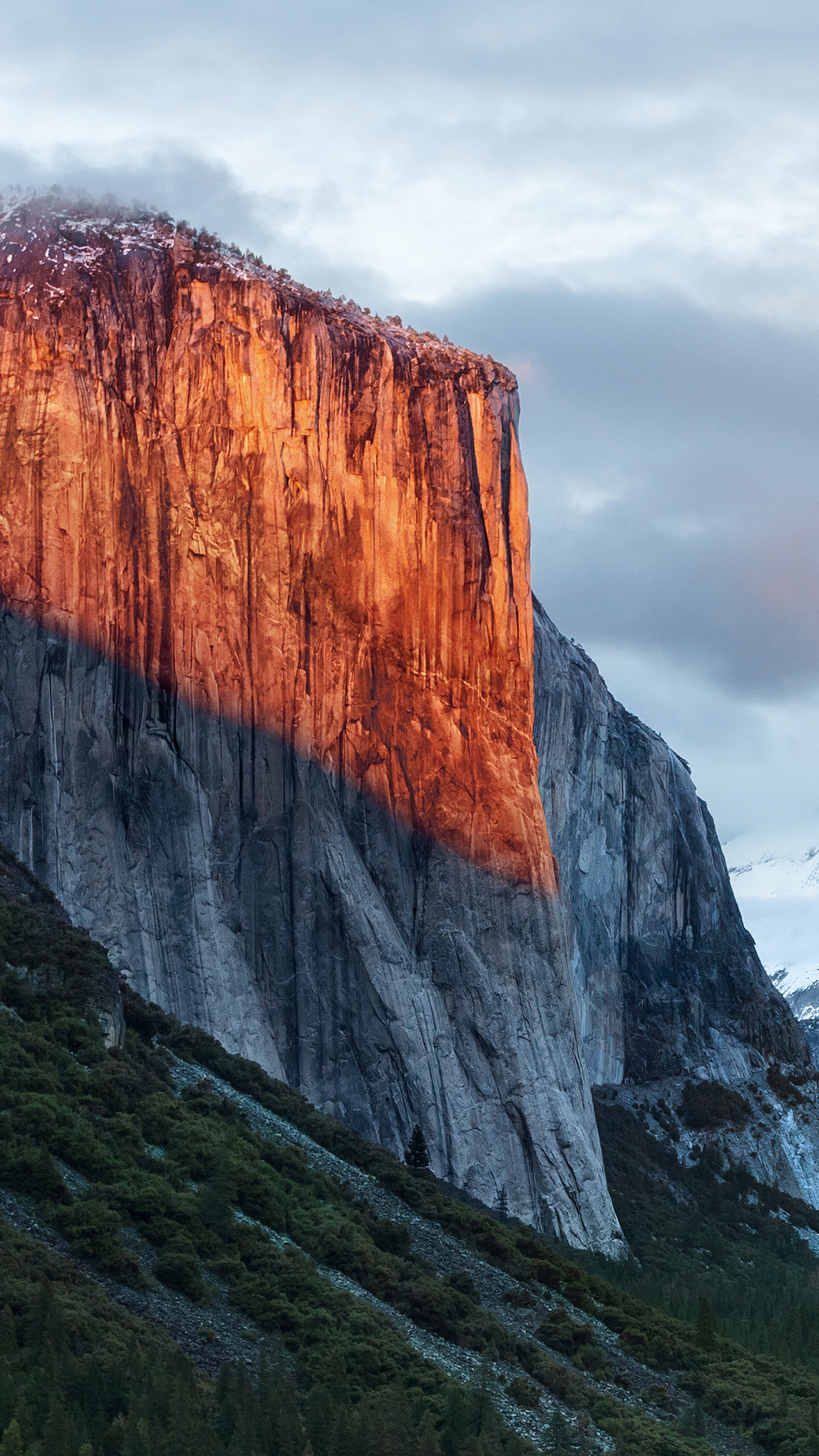- Nov 29, 2017 Install older OS X onto an external drive. The following method allows you to download Mac OS X Lion, Mountain Lion, and Mavericks. Start your Mac holding down Command + R. Prepare a clean external drive (at least 10 GB of storage). Within OS X Utilities, choose Reinstall OS X. Select external drive as a source. Enter your Apple ID.
- When you first start up in OS X utilities, there is a table with four options, restore from Time Machine backup, reinstall OS X, get help online, and Disk Utility. Navigate as you would other tables in OS X and click continue to open it. From there, it should behave like the Disk Utility on your startup disk.
- Oct 10, 2014 When it’s finished, close out Disk Utility and select “ReInstall OS X” from the menu. It will ask for your Mac App Store password to redownload OS X Yosemite. Give it a minute to do so. A new window should pop up and OS X Yosemite should begin to install. If it does not, press back and enter your password again.

Start up from macOS Recovery
Determine whether you're using a Mac with Apple silicon, then follow the appropriate steps:
DVD DL, Mac OS X 10.10 Yosemite Full OS Install, Reinstall, Recovery and Upgrade Supported Models: iMac: Late 2007 or later, MacBook: Aluminum Late 2008, MacBook: Early 2009 or later, MacBook Pro: 13-inch - Mid 2009 or later, MacBook Pro: 15-inch - Mid/Late 2007 or later, MacBook Pro: 17-inch - Late 2007 or later, MacBook Air: Late 2008 or later, Mac Mini: Early 2009 or later, Mac Pro: Early.
Apple silicon
Turn on your Mac and continue to press and hold the power button until you see the startup options window. Click the gear icon labeled Options, then click Continue.
Intel processor
Make sure that your Mac has a connection to the internet. Then turn on your Mac and immediately press and hold Command (⌘)-R until you see an Apple logo or other image.
If you're asked to select a user you know the password for, select the user, click Next, then enter their administrator password.
Reinstall macOS
Select Reinstall macOS from the utilities window in macOS Recovery, then click Continue and follow the onscreen instructions.

Follow these guidelines during installation:
- If the installer asks to unlock your disk, enter the password you use to log in to your Mac.
- If the installer doesn't see your disk, or it says that it can't install on your computer or volume, you might need to erase your disk first.
- If the installer offers you the choice between installing on Macintosh HD or Macintosh HD - Data, choose Macintosh HD.
- Allow installation to complete without putting your Mac to sleep or closing its lid. Your Mac might restart and show a progress bar several times, and the screen might be empty for minutes at a time.

After installation is complete, your Mac might restart to a setup assistant. If you're selling, trading in, or giving away your Mac, press Command-Q to quit the assistant without completing setup. Then click Shut Down. When the new owner starts up the Mac, they can use their own information to complete setup.
Download Yosemite Installer
Other macOS installation options
When you install macOS from Recovery, you get the current version of the most recently installed macOS, with some exceptions:
- On an Intel-based Mac: If you use Shift-Option-Command-R during startup, you're offered the macOS that came with your Mac, or the closest version still available. If you use Option-Command-R during startup, in most cases you're offered the latest macOS that is compatible with your Mac. Otherwise you're offered the macOS that came with your Mac, or the closest version still available.
- If the Mac logic board was just replaced, you may be offered only the latest macOS that is compatible with your Mac. If you just erased your entire startup disk, you may be offered only the macOS that came with your Mac, or the closest version still available.
You can also use these methods to install macOS, if the macOS is compatible with your Mac:
Download Yosemite Dmg File
- Use the App Store to download and install the latest macOS.
- Use the App Store or a web browser to download and install an earlier macOS.
- Use a USB flash drive or other secondary volume to create a bootable installer.